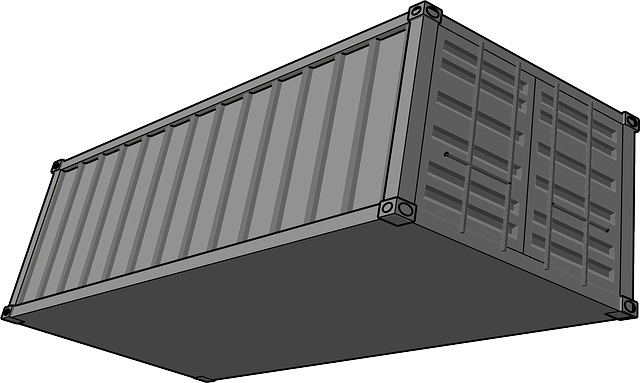Federal law in the US mandates physical damage insurance for businesses and individuals to protect against structural building damage, personal property loss, and unforeseen risks. Businesses must assess their operations and regional risks, comply with FEMA standards, and consult local experts for state-specific regulations. Proactive compliance involves risk assessments, regular policy reviews, and staying informed about regulatory changes. For small businesses, adhering to federal and state mandates is crucial to avoid costly gaps in protection during claims.
In today’s complex business landscape, navigating federal and state insurance requirements can be a daunting task. This comprehensive guide provides essential professional advice on meeting Physical Damage Insurance mandates, both at the federal and state levels. From understanding federal obligations for physical damage coverage to delving into state-specific nuances, this article equips businesses and individuals with the knowledge to ensure compliance without falling into common pitfalls. By following best practices, you can revolutionize your approach to insurance obligations.
Understanding Federal Insurance Mandates for Physical Damage

In the United States, federal law mandates certain levels of physical damage insurance coverage for businesses and individuals to protect against unforeseen risks. These requirements are designed to ensure that citizens have adequate protection in case of accidents or disasters causing physical damage to property. The Federal Emergency Management Agency (FEMA) plays a crucial role in setting these standards, which often include specific minimums for liability and property coverage. Understanding these federal mandates is essential for businesses to comply with the law and avoid potential penalties.
Physical damage insurance covers losses resulting from events like fires, storms, theft, or accidents. It includes both structural damages to buildings and loss of personal property. Businesses must assess their operations, location, and potential risks to determine suitable coverage limits. Staying informed about federal guidelines and regularly reviewing policy options ensures that individuals and enterprises alike meet these critical physical damage insurance requirements, providing a safety net against unexpected financial burdens.
State-Specific Requirements: A Comprehensive Overview

Every state has its own set of regulations and requirements for businesses, especially regarding physical damage insurance. These laws can vary widely, affecting everything from liability coverage to specific types of protection needed for different business activities. For instance, states with higher risks of natural disasters might mandate certain policies while others may have unique guidelines for professional services or construction projects.
Navigating these state-specific requirements can be complex, so it’s crucial to consult local insurance experts or legal advisors. They can help ensure that your business meets all necessary criteria, including any peculiarities related to physical damage insurance. This proactive approach will safeguard your business from potential legal issues and financial losses down the line.
Compliance Strategies for Businesses and Individuals

In ensuring compliance with federal and state insurance requirements, businesses and individuals must implement robust compliance strategies. A key aspect is understanding and acquiring appropriate coverage for physical damage insurance, which protects against unforeseen events like natural disasters or property accidents. This involves assessing potential risks specific to one’s industry and location, and selecting policies that align with these needs.
For businesses, it may include implementing risk management protocols, regular audits, and staying updated on changing regulations. Individuals should likewise prioritize comprehensive coverage options tailored to their personal circumstances, such as home or auto insurance policies that address physical damage risks. Proactive compliance not only mitigates financial exposure but also fosters trust with stakeholders, including customers, employees, and regulatory bodies.
Common Pitfalls and Best Practices in Meeting Insurance Obligations

Many businesses, especially small ones, often encounter challenges when it comes to navigating the complex landscape of insurance requirements. One of the primary areas of concern is understanding and fulfilling obligations related to physical damage insurance. Common pitfalls include misinterpreting policy terms, failing to maintain adequate coverage levels as per regulatory standards, and neglecting to inform insurers about significant changes or risks. These oversights can lead to costly gaps in protection during claims processes.
To mitigate these issues, best practices involve regular reviews of insurance policies to ensure they align with federal and state mandates. Staying informed about industry-specific risk factors is crucial. Businesses should also maintain open lines of communication with insurers, promptly disclosing any changes in operations or potential hazards. Regular updates ensure policies remain dynamic, reflecting the evolving nature of business activities and regulatory expectations.
Navigating the complex landscape of federal and state insurance requirements can be a daunting task, especially regarding physical damage insurance. However, understanding these mandates is crucial for businesses and individuals alike to avoid costly pitfalls. By familiarizing themselves with the key components covered in this article, from federal obligations to state-specific nuances and best practices, readers are empowered to ensure comprehensive compliance. This proactive approach allows them to protect their assets, maintain operational continuity, and fulfill their insurance obligations effectively.
